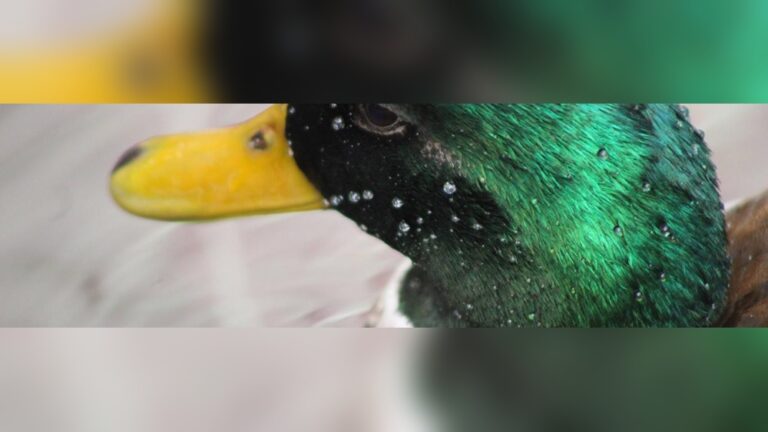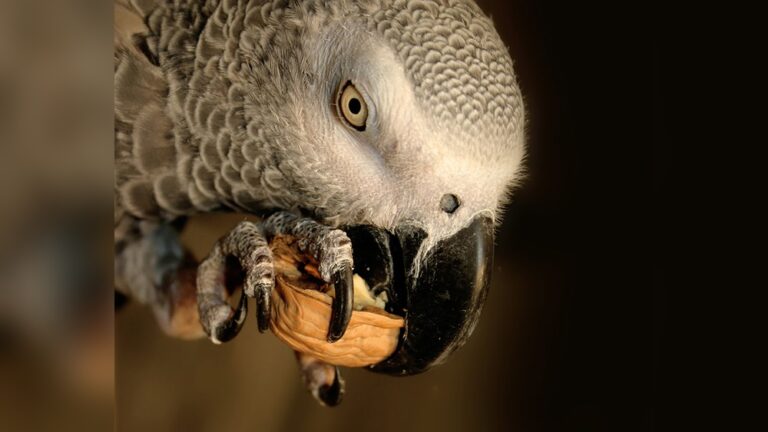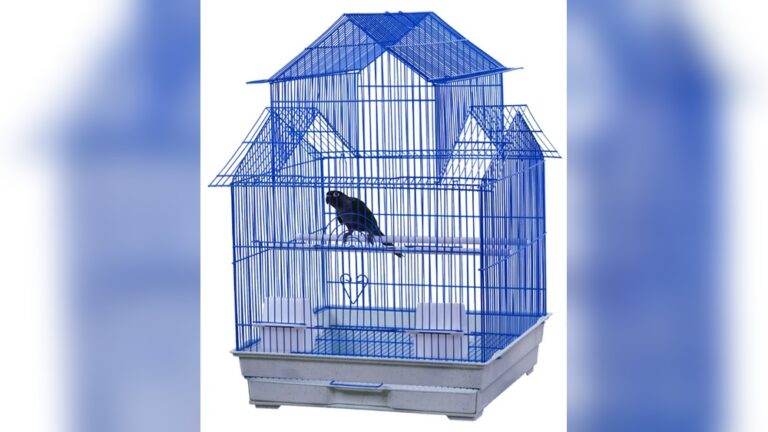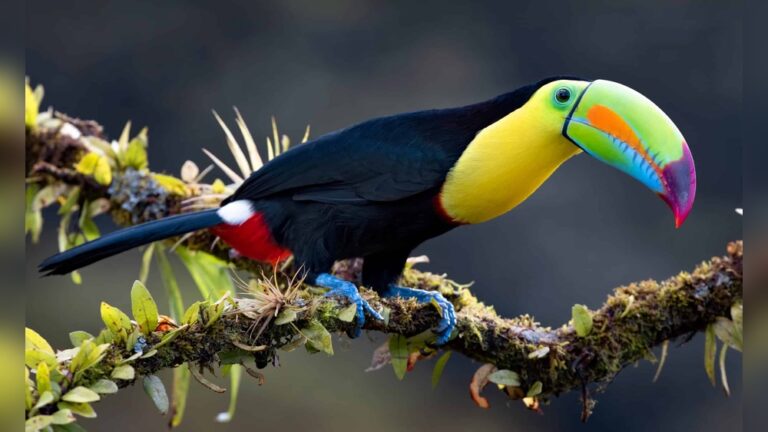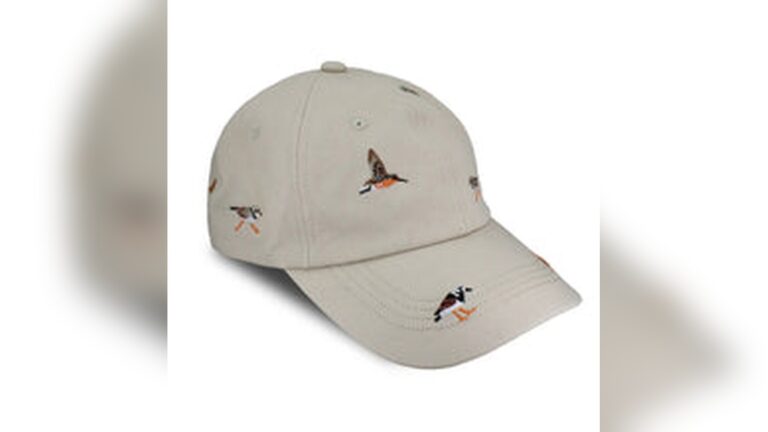What Is The Best Camera For Bird Watching
Are you ready to capture stunning photos of birds in their natural beauty? Choosing the best camera for bird watching can make all the difference between blurry shots and breathtaking images.
Whether you’re a beginner or an experienced bird lover, finding a camera that fits your needs is key. You’ll discover exactly what to look for and which cameras stand out. Keep reading to find the perfect tool that will bring your bird watching experience to life!

Credit: birdphotographylife.com
Top Features For Bird Watching Cameras
Choosing the right camera for bird watching means focusing on certain key features. These features help capture clear and detailed photos of birds, even from far away. A good bird watching camera should offer sharp images, fast focus, and hold up in outdoor conditions. The following features are essential for any bird watcher’s camera.
Lens Quality And Zoom Range
A high-quality lens ensures clear and sharp images of birds. A long zoom range helps to capture distant birds without disturbing them. Look for lenses with optical zoom, not just digital zoom. Optical zoom keeps the image quality high. A zoom range of at least 300mm is ideal for bird photography.
Autofocus Speed And Accuracy
Birds move quickly and unpredictably. Fast autofocus helps capture them in sharp detail. Accurate focus locks onto the bird, not the background. Cameras with multiple focus points improve tracking of moving birds. This feature is crucial for action shots and flight photos.
Image Stabilization
Image stabilization reduces blur caused by hand movement. It is important when using long zoom lenses. Stabilization helps get clear shots without a tripod. This feature allows more flexibility in the field, especially during long photo sessions.
Durability And Weather Resistance
Bird watching often happens outdoors in different weather. A camera should be rugged and resistant to dust, rain, and cold. Weather-sealed cameras last longer and work better in tough conditions. Durability protects your investment and helps you shoot anytime.
Battery Life
Long battery life is important for long bird watching trips. Cameras with extended battery life allow more shooting time. Carrying extra batteries is helpful but having a strong main battery is best. This feature ensures you won’t miss important moments.
Types Of Cameras Suitable For Bird Watching
Bird watching requires the right camera to capture clear and detailed photos. Different types of cameras suit different needs and budgets. Understanding these types helps choose the best one for bird watching adventures.
Each camera type has its strengths and weaknesses. Some offer better zoom, others provide sharper images or easier handling. Knowing these differences can improve your bird photography experience.
Dslr Cameras
DSLR cameras offer high image quality and fast performance. They have large sensors that capture more light. This helps take clear photos even in low light. DSLR cameras allow changing lenses, perfect for zooming on distant birds. They can be heavy but provide excellent control and sharpness.
Mirrorless Cameras
Mirrorless cameras are smaller and lighter than DSLRs. They also offer high image quality and fast autofocus. These cameras support interchangeable lenses for different zoom needs. Mirrorless models often have better video options. They suit bird watchers who want a compact, powerful camera.
Bridge Cameras
Bridge cameras have long zoom lenses built-in. They are easier to carry and use than DSLRs. These cameras offer manual controls and decent image quality. Bridge cameras are good for bird watchers who want zoom without changing lenses. They provide a balance between compact and professional features.
Compact Cameras
Compact cameras are small and simple to use. They fit easily in a pocket or small bag. Some models have good zoom for bird watching. Compact cameras are best for beginners or casual bird watchers. They offer convenience but less control and image quality compared to larger cameras.
Best Cameras For Different Skill Levels
Choosing the best camera for bird watching depends on skill level. Beginners, hobbyists, and professionals need different features. Cameras vary in ease of use, zoom power, and price. Understanding these differences helps pick the right one. This guide breaks down options for each skill level.
Beginner-friendly Options
Beginner cameras focus on simplicity. They have easy controls and automatic settings. Compact models with built-in zoom work well. These cameras are light and easy to carry. They capture clear images without much effort. Great for casual bird watchers starting out.
Intermediate Choices
Intermediate cameras offer more control and better zoom. They allow manual focus and faster shutter speeds. These models often have interchangeable lenses. They deliver sharper images and handle movement well. Ideal for hobbyists wanting to improve their skills and shots.
Professional Models
Professional cameras provide top image quality and advanced features. They have powerful zoom lenses and fast autofocus systems. These cameras handle low light and fast action easily. Built tough for outdoor use and long sessions. Perfect for serious bird watchers and wildlife photographers.

Credit: www.pontiacflyingservice.com
Popular Camera Brands For Bird Watching
Choosing the right camera brand is important for bird watching. Certain brands offer features that suit bird photography well. These brands provide good zoom, fast autofocus, and clear images. Below are some popular camera brands that many bird watchers prefer.
Canon
Canon cameras have sharp images and fast autofocus. They work well in nature and low light. Many Canon lenses offer strong zoom for birds far away. The user interface is simple and easy to learn. Canon cameras are reliable in many weather conditions.
Nikon
Nikon is famous for clear pictures and solid build quality. It offers great lenses for bird watching at long distances. Nikon cameras perform well in different light settings. The autofocus system helps capture birds in motion. Many photographers trust Nikon for outdoor use.
Sony
Sony cameras are known for excellent image quality and speed. Their mirrorless models are lightweight, making them easy to carry. Sony’s autofocus tracks birds quickly and accurately. The cameras also have good video recording options. Many bird watchers like Sony’s compact design.
Fujifilm
Fujifilm cameras deliver vibrant colors and sharp details. They offer good zoom lenses for bird photography. Fujifilm’s controls are straightforward and user-friendly. The cameras have strong battery life for long shoots. Many users appreciate Fujifilm’s classic design and image quality.
Additional Gear To Enhance Bird Photography
Good bird photography needs more than just a camera. Extra gear helps capture clear and sharp photos. It supports stability, zoom, and ease of use in the wild.
This section covers useful tools to improve your bird watching photos. They make a big difference in your shots and comfort outdoors.
Tripods And Monopods
Tripods keep your camera steady for sharp pictures. They reduce blur from hand movements. Monopods are lighter and easier to carry. They offer support while moving. Both help hold heavy lenses better.
Teleconverters
Teleconverters increase your lens’s zoom power. They let you get closer to distant birds. This gear fits between your camera and lens. It keeps good image quality with longer reach.
Camera Bags
Camera bags protect your gear from weather and damage. They keep your camera, lenses, and accessories organized. Look for bags with padded compartments. Easy access is important for quick shots.
Remote Shutter Releases
Remote shutter releases avoid shaking your camera when taking photos. They let you trigger the shutter from a distance. This tool is great for steady shots and silent shooting. It helps capture birds without scaring them away.

Credit: www.rtings.com
Tips For Choosing The Right Bird Watching Camera
Choosing the right camera for bird watching can make your experience much better. The right camera helps capture clear, sharp images of birds in their natural habitat. This section shares simple tips to pick a camera that fits your needs and style. These tips cover budget, birding habits, and testing the camera before buying.
Consider Your Budget
Set a clear budget before searching for a bird watching camera. Cameras come in many price ranges. More expensive models often have better zoom and image quality. But affordable cameras can still work well for beginners. Decide how much you want to spend and look for the best features in that range. Don’t overspend on features you may not use.
Match Camera To Your Birding Style
Think about how you watch birds. Do you stay in one spot or move a lot? A lightweight camera suits those who walk or hike. A camera with strong zoom fits those who watch from a distance. Some birders prefer cameras with fast autofocus to catch quick movements. Pick a camera that fits your way of bird watching.
Test Before Buying
Try the camera before you buy it. Hold it and check if it feels comfortable. Test how easy it is to change settings and focus. Look at sample photos to see image quality. Testing helps avoid surprises after purchase. Visit a store or borrow a camera from a friend to try it out.
How Smart Pets Lover Can Help You with What Is The Best Camera For Bird Watching
Bringing Bird Watching Cameras to Life Through Learning
Choosing the best camera for bird watching is just the start of a rewarding journey. As you explore top features and camera types, consider pairing your gear with practical learning to deepen your connection with feathered friends. Observing birds through your lens becomes richer when you understand their behavior, habitats, and the best times to capture their moments.
For instance, practicing with cameras suited to your skill level allows you to master settings like focus speed and zoom—skills highlighted in our tips for choosing the right bird watching camera. Combining this with knowledge about popular camera brands and additional gear can turn a simple outing into an educational adventure.
- Join local birdwatching groups or online forums to share experiences and get hands-on advice.
- Experiment with different lenses and camera settings in varied environments to learn what works best.
- Keep a photo journal documenting species and techniques, enhancing both skill and enjoyment.
At Smart Pets Lover, we understand that every chirp tells a story worth capturing. For questions or insights on bird photography gear and care, feel free to reach out at [email protected]. Remember, learning is part of the joy in connecting with nature—one snapshot at a time.
Frequently Asked Questions
What Features Make A Camera Best For Bird Watching?
The best bird watching cameras have fast autofocus, high zoom range, and excellent image stabilization. They capture sharp images of moving birds from a distance. Lightweight and weather-resistant bodies also enhance outdoor usability and comfort during long birding sessions.
Which Camera Type Is Ideal For Bird Watching Beginners?
DSLRs and mirrorless cameras are ideal for beginners. They offer good image quality, interchangeable lenses, and easy controls. Many affordable models include telephoto lenses needed for close-up bird shots. These cameras balance ease of use with advanced features for growing photography skills.
How Important Is Lens Zoom For Bird Photography?
Lens zoom is crucial for bird photography. A telephoto lens with at least 300mm focal length helps capture distant birds clearly. Higher zoom allows detailed shots without disturbing the birds. Quality zoom lenses also maintain sharpness and reduce image blur.
Can Smartphone Cameras Be Used For Bird Watching?
Smartphone cameras can be used but have limitations. They lack powerful zoom and fast autofocus needed for sharp bird photos. Using clip-on telephoto lenses and apps improves results. However, dedicated cameras remain the best choice for serious bird watchers.
Conclusion
Choosing the best camera for bird watching depends on your needs. Focus on clarity, zoom, and ease of use. A lightweight camera helps when you walk long distances. Good battery life lets you shoot longer. Don’t forget to practice and learn your camera well.
Enjoy the beauty of birds through your lens. Capture moments that bring joy and wonder. Keep exploring and improving your skills every day.

